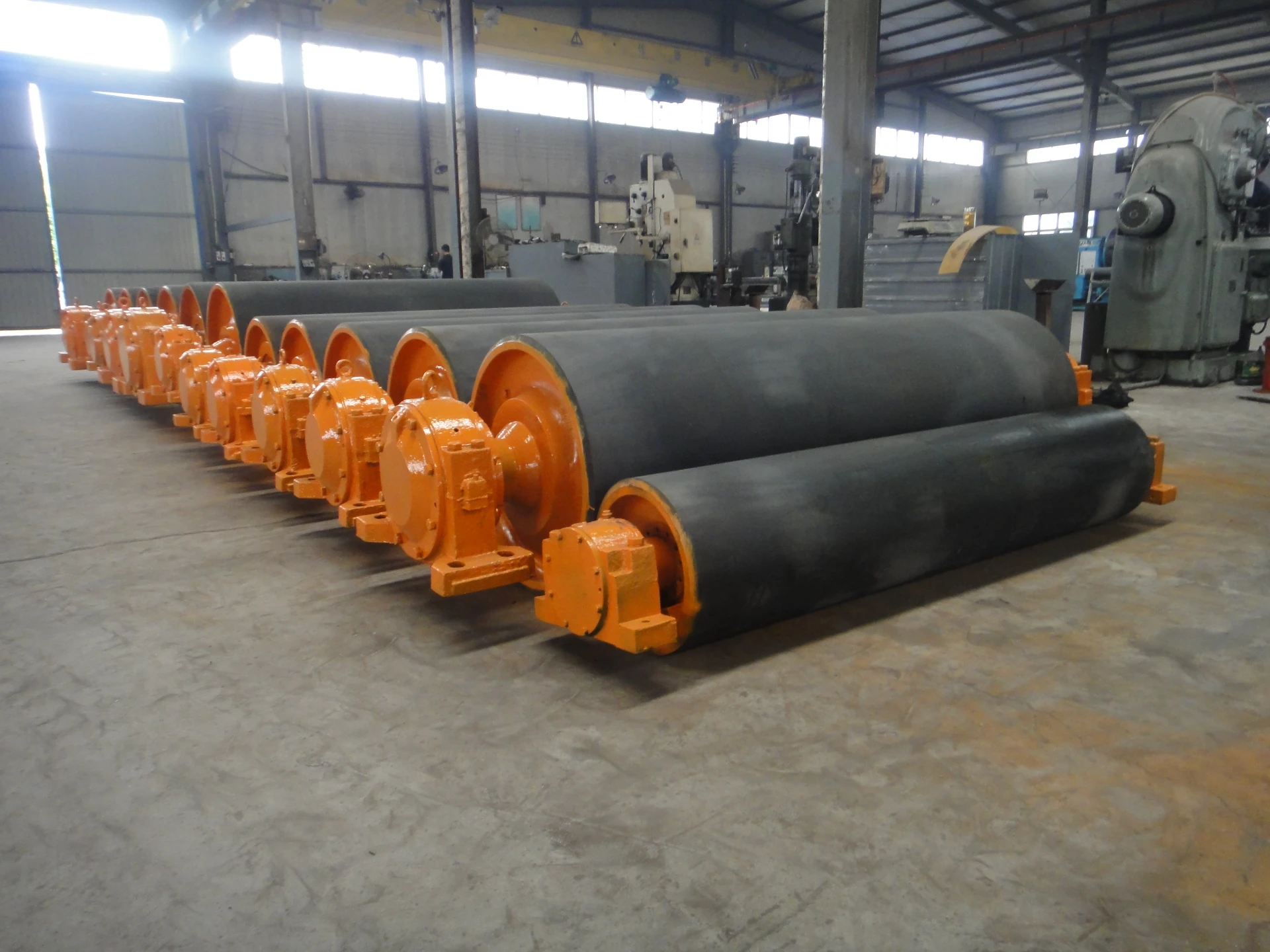 Afrikaans
Afrikaans  Albanian
Albanian  Amharic
Amharic  Arabic
Arabic  Armenian
Armenian  Azerbaijani
Azerbaijani  Basque
Basque  Belarusian
Belarusian  Bengali
Bengali  Bosnian
Bosnian  Bulgarian
Bulgarian  Catalan
Catalan  Cebuano
Cebuano  Corsican
Corsican  Croatian
Croatian  Czech
Czech  Danish
Danish  Dutch
Dutch  English
English  Esperanto
Esperanto  Estonian
Estonian  Finnish
Finnish  French
French  Frisian
Frisian  Galician
Galician  Georgian
Georgian  German
German  Greek
Greek  Gujarati
Gujarati  Haitian Creole
Haitian Creole  hausa
hausa  hawaiian
hawaiian  Hebrew
Hebrew  Hindi
Hindi  Miao
Miao  Hungarian
Hungarian  Icelandic
Icelandic  igbo
igbo  Indonesian
Indonesian  irish
irish  Italian
Italian  Japanese
Japanese  Javanese
Javanese  Kannada
Kannada  kazakh
kazakh  Khmer
Khmer  Rwandese
Rwandese  Korean
Korean  Kurdish
Kurdish  Kyrgyz
Kyrgyz  Lao
Lao  Latin
Latin  Latvian
Latvian  Lithuanian
Lithuanian  Luxembourgish
Luxembourgish  Macedonian
Macedonian  Malgashi
Malgashi  Malay
Malay  Malayalam
Malayalam  Maltese
Maltese  Maori
Maori  Marathi
Marathi  Mongolian
Mongolian  Myanmar
Myanmar  Nepali
Nepali  Norwegian
Norwegian  Norwegian
Norwegian  Occitan
Occitan  Pashto
Pashto  Persian
Persian  Polish
Polish  Portuguese
Portuguese  Punjabi
Punjabi  Romanian
Romanian  Russian
Russian  Samoan
Samoan  Scottish Gaelic
Scottish Gaelic  Serbian
Serbian  Sesotho
Sesotho  Shona
Shona  Sindhi
Sindhi  Sinhala
Sinhala  Slovak
Slovak  Slovenian
Slovenian  Somali
Somali  Spanish
Spanish  Sundanese
Sundanese  Swahili
Swahili  Swedish
Swedish  Tagalog
Tagalog  Tajik
Tajik  Tamil
Tamil  Tatar
Tatar  Telugu
Telugu  Thai
Thai  Turkish
Turkish  Turkmen
Turkmen  Ukrainian
Ukrainian  Urdu
Urdu  Uighur
Uighur  Uzbek
Uzbek  Vietnamese
Vietnamese  Welsh
Welsh  Bantu
Bantu  Yiddish
Yiddish  Yoruba
Yoruba  Zulu
Zulu Designing an Efficient Idler System for Conveyor Belt Applications
The Importance of Idlers in Conveyor Belt Systems
Conveyor belt systems are crucial in a wide range of industries, facilitating the efficient movement of materials across various processes. Among the many components that ensure the smooth operation of these systems, idlers play a vital role. Idlers are the rollers that support the conveyor belt and are essential for maintaining belt alignment, tension, and overall functionality. In this article, we will explore the importance of idlers in conveyor belt systems, their types, and best practices for their maintenance.
What Are Idlers?
Idlers are mechanical devices that provide support to a conveyor belt and are typically placed at regular intervals along the length of the conveyor. They come in various designs, including trough idlers, flat idlers, and return idlers. The selection of idler type depends on the specific application, environment, and the material being transported.
1. Trough Idlers These are used for carrying bulk materials. Their design consists of rollers arranged in a trough shape, allowing for optimal material containment. They minimize spillage and help stabilize the load on the belt.
2. Flat Idlers These are used for transporting packaged goods or material with a flat bottom surface. They provide a smooth surface for the belt to glide over, reducing friction and wear.
3. Return Idlers Positioned on the return side of the belt, these idlers support the belt as it returns to the start of the conveyor system. They ensure that the belt maintains its path and tension.
The Functionality of Idlers
Idlers serve multiple functions that contribute to the efficiency and longevity of conveyor systems.
1. Support and Stability By providing support to the belt, idlers help to maintain the necessary tension and prevent sagging. This is crucial for ensuring that the conveyor system operates effectively and that the materials being transported are not displaced.
2. Minimizing Wear Proper use and placement of idlers can greatly reduce wear on both the conveyor belt and the idlers themselves. This is achieved by distributing the load evenly and reducing the friction between the belt and the idlers.
idler for conveyor belt

3. Alignment Idlers assist in keeping the conveyor belt aligned, which is vital for preventing misalignment-induced failures and ensuring the smooth operation of the conveyor system.
4. Impact Absorption Certain types of idlers are designed to absorb impacts when heavy materials are loaded onto the belt. This helps in diminishing potential damage to both the belt and the conveyor structure.
Best Practices for Idler Maintenance
To keep conveyor belt systems running smoothly, regular maintenance of idlers is essential. Here are some best practices for maintaining idlers
1. Regular Inspection Conduct routine inspections to check for signs of wear, misalignment, or damage to the idlers. Look for abnormalities like excessive wobbling or unusual noises, which can indicate underlying issues.
2. Lubrication Ensure that the bearings of the idlers are properly lubricated to minimize friction and wear. This will not only extend the life of the idlers but also enhance the efficiency of the entire conveyor system.
3. Replacement of Worn Idlers Promptly replace idlers that show significant wear or damage. A worn idler can lead to catastrophic failures that result in downtime and costly repairs.
4. Proper Installation Ensure that idlers are installed correctly according to manufacturer specifications. Improper installation can lead to belt misalignment, increased wear, and system inefficiencies.
5. Environmental Consideration Be mindful of the operating environment. Exposure to harsh conditions can accelerate wear and tear on idlers. Choosing idlers that are suited for specific environmental conditions (such as extreme heat, cold, or dust) can enhance durability.
Conclusion
Idlers are indispensable components of conveyor belt systems, providing essential support, stability, and efficiency. By understanding their function and implementing effective maintenance practices, industries can maximize the lifespan of their conveyor systems, minimize downtime, and ensure smooth operations. As technology advances, we may expect further innovations in idler design and functionality, ultimately enhancing the performance of conveyor belt systems across various applications.
-
Revolutionizing Conveyor Reliability with Advanced Rubber Lagging PulleysNewsJul.22,2025
-
Powering Precision and Durability with Expert Manufacturers of Conveyor ComponentsNewsJul.22,2025
-
Optimizing Conveyor Systems with Advanced Conveyor AccessoriesNewsJul.22,2025
-
Maximize Conveyor Efficiency with Quality Conveyor Idler PulleysNewsJul.22,2025
-
Future-Proof Your Conveyor System with High-Performance Polyurethane RollerNewsJul.22,2025
-
Driving Efficiency Forward with Quality Idlers and RollersNewsJul.22,2025





























